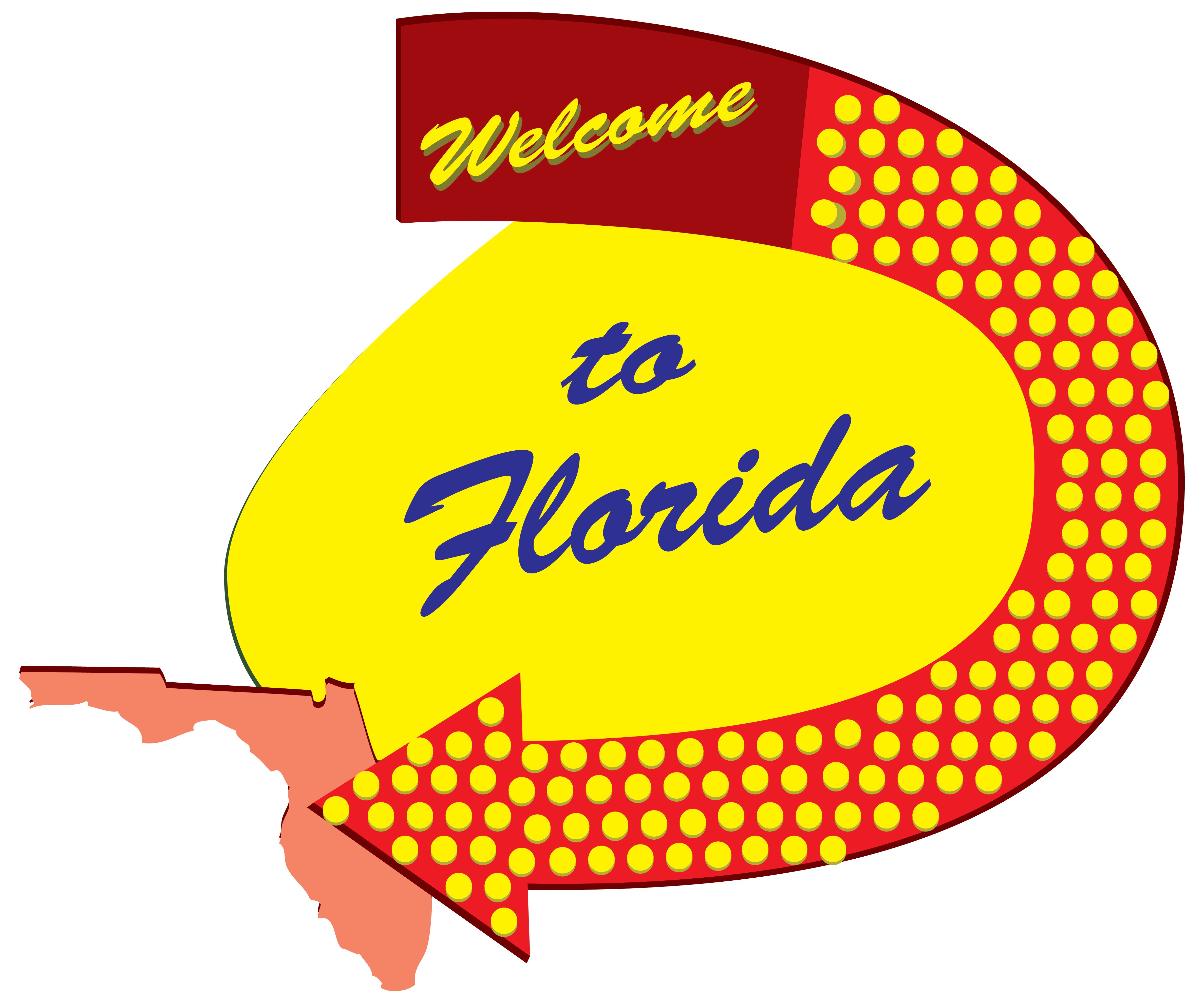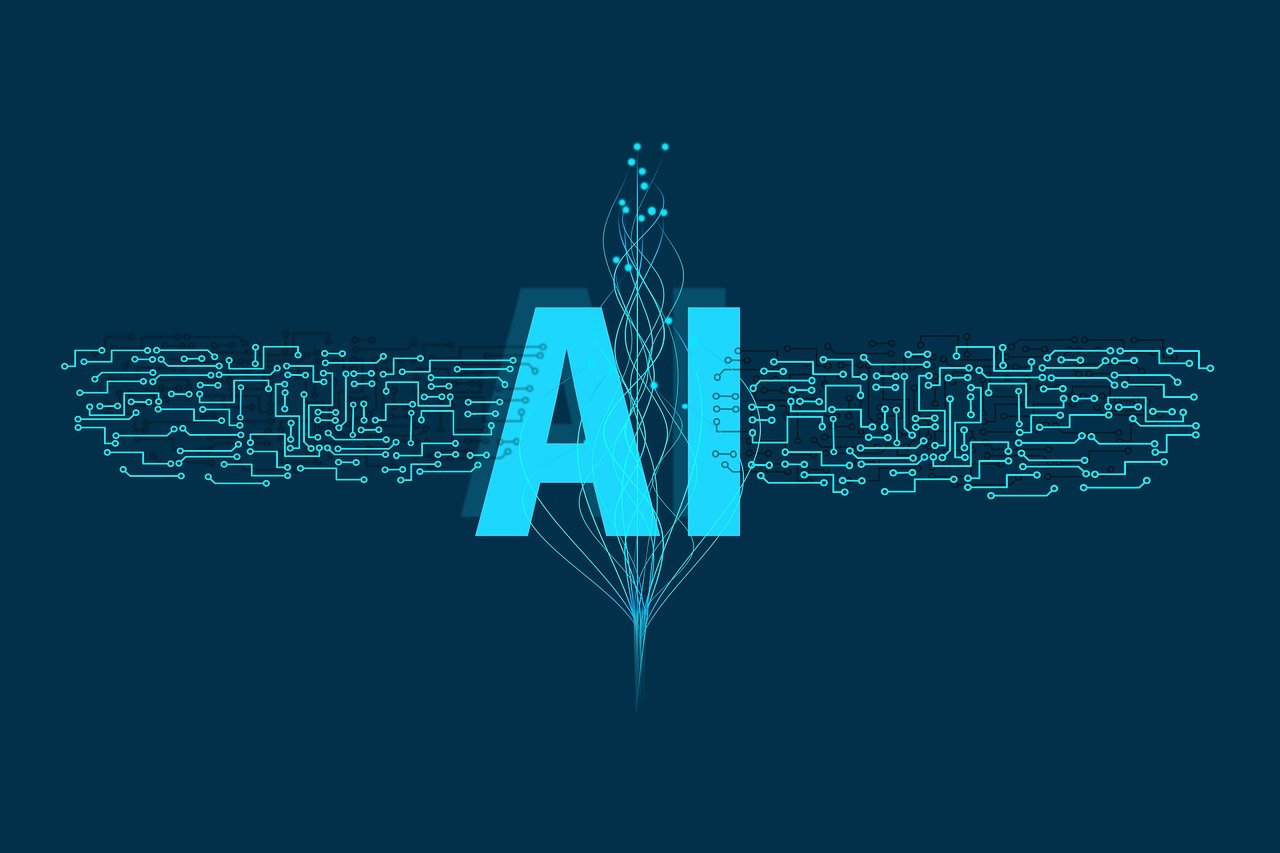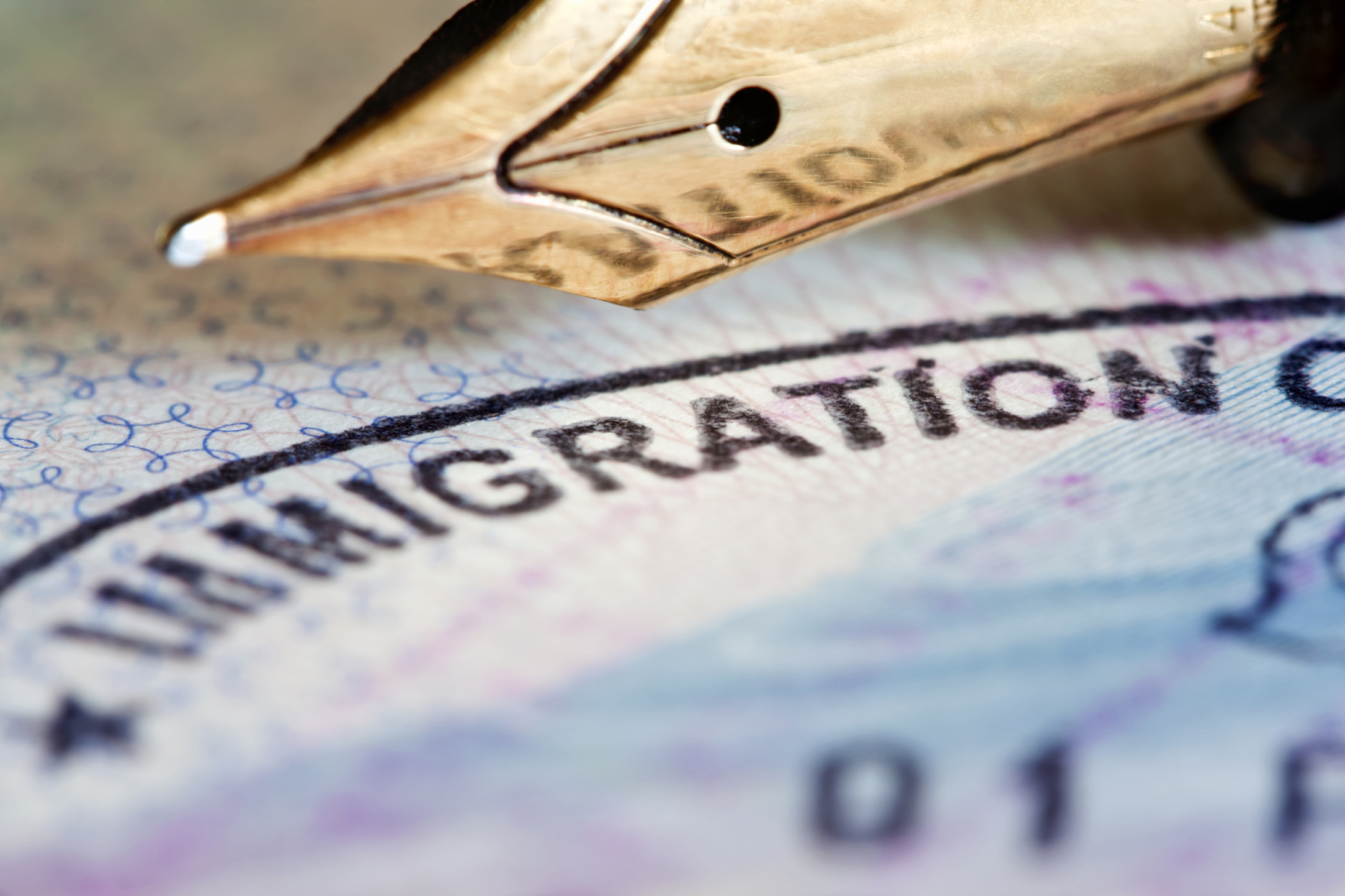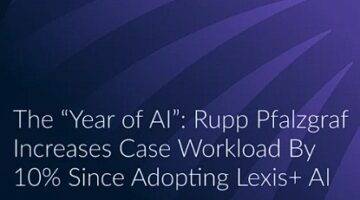

Welcome To Biglaw: Brand New Megafirm Officially Makes Its Debut
The newly merged Biglaw giant is ready to roll.

Florida AG Declares War On Law Firms Over DEI
This is what happens when a Florida Man is left in charge.

Is Your Business Development Evolving Or Just Repeating Itself?
Just because you’re doing business development doesn’t mean you’re improving at it.

Cyber Insurance Premiums Are Soaring — And So Are Your Risks
Why the sudden surge? And, more importantly, why should law firms (and their clients) care?

Is Justice Roberts A Dolt? Pam Bondi Seems To Think So.
Is the DOJ suggesting that Roberts is easily hoodwinked?






























